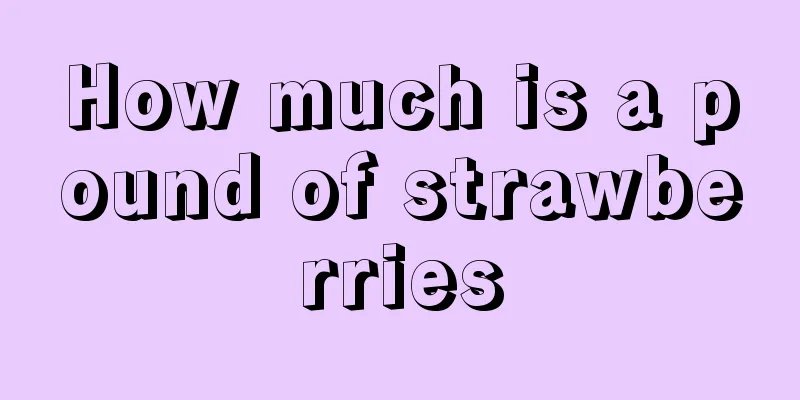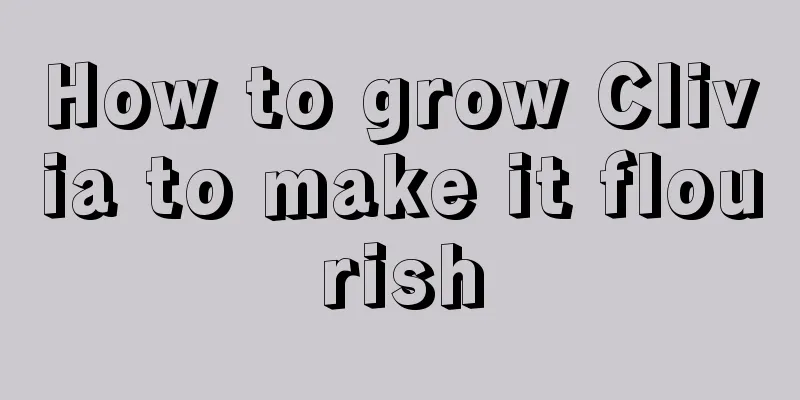How to prune Gloxinia

Prune before floweringGenerally, before Gloxinia blooms, the branches and buds are pruned by pinching the tips. Pinching means removing the topmost flower branch to promote the growth of more side branches, so that more flowers can bloom. Pinching should be done early rather than late. Early pinching is beneficial for early formation and flowering. After pinching, select 2-3 new buds of similar height and suitable position to ensure the smooth opening of the flowers. Prune during floweringAfter Gloxinia blooms, if the leaves around the flowers hinder the normal growth of the flowers, you can cut off some of the leaves or half of the leaves according to the actual situation and needs. Trimming the leaves in this way can make all the flowers bloom at the top of the plant, forming a bouquet, which will have a better viewing effect. After pruning, Gloxinia can produce up to 18 flowers at a time. Among them, a plant of African violet grown in a 12-cm-diameter flowerpot was no more than 15 cm tall and had only two branches, but it had 16 flowers blooming at the same time, which was very beautiful. Pruning after floweringAfter flowering, if the culture soil is fertile and managed properly, it will produce a second batch of buds. After Gloxinia blooms, if you do not need to keep seeds, it is best to cut off the flower stems to control the loss of nutrients, which is conducive to continued flowering and the growth and development of tubers. After flowering, in winter, the tubers of Gloxinia should be preserved. Select a leafless stem, about 3-4 cm in length, and store it in sand in time, keeping the temperature not lower than 5℃. During the winter, the sandy soil should not be too wet, otherwise the bulbs will rot. If the sandy soil is too dry, spray clean water in an appropriate amount to prevent the tubers from drying up. When spring comes and flowers bloom, the tubers of Gloxinia will sprout. Select new shoots as needed and enter a new round of maintenance and pruning. |
<<: How to grow green and bright mirror grass
>>: How to care for delphinium during its flowering period
Recommend
Is it good to plant an osmanthus tree in the yard? Where should it be planted in the yard?
1. Taboo 1. First of all, you cannot plant it at ...
How to grow European roses
1. Breeding methods 1. Sunlight: European roses p...
How to grow onions
1. Planting Prepare a flowerpot, add suitable soi...
How to water camellia in spring
1. Watering time Although it is spring, the tempe...
Top-quality Clivia prices and pictures
1. Swamp Clivia Swamp Clivia is a new variety of ...
What flowers are suitable for outdoor gardens? What flowers are suitable for outdoor gardens?
What flowers are suitable for outdoor gardens The...
How to grow potted dahlias
1. Soil Soil is very important to it and directly...
How to water agave
1. The plant's water requirements Let's f...
How to prune Euphorbia
How to prune adult Euphorbia In fact, in many cas...
When is the best season to plant toad grass?
Toad grass planting season and time Toad grass ca...
How to plant peony seeds
1. Seed selection Seeds for planting can be purch...
How to propagate fireworks tree by cuttings
Fireworks tree cutting propagation time The best ...
How to propagate osmanthus by cuttings? Can thick branches be used for cuttings?
1. Choose the cuttings When taking cuttings, you ...
Cultivation methods and precautions of Chlorophytum comosum
Chlorophytum comosum is an easy plant to grow, bu...
What to do if the leaves of spring fern turn yellow
Environmental reasons As for the growth habits of...









